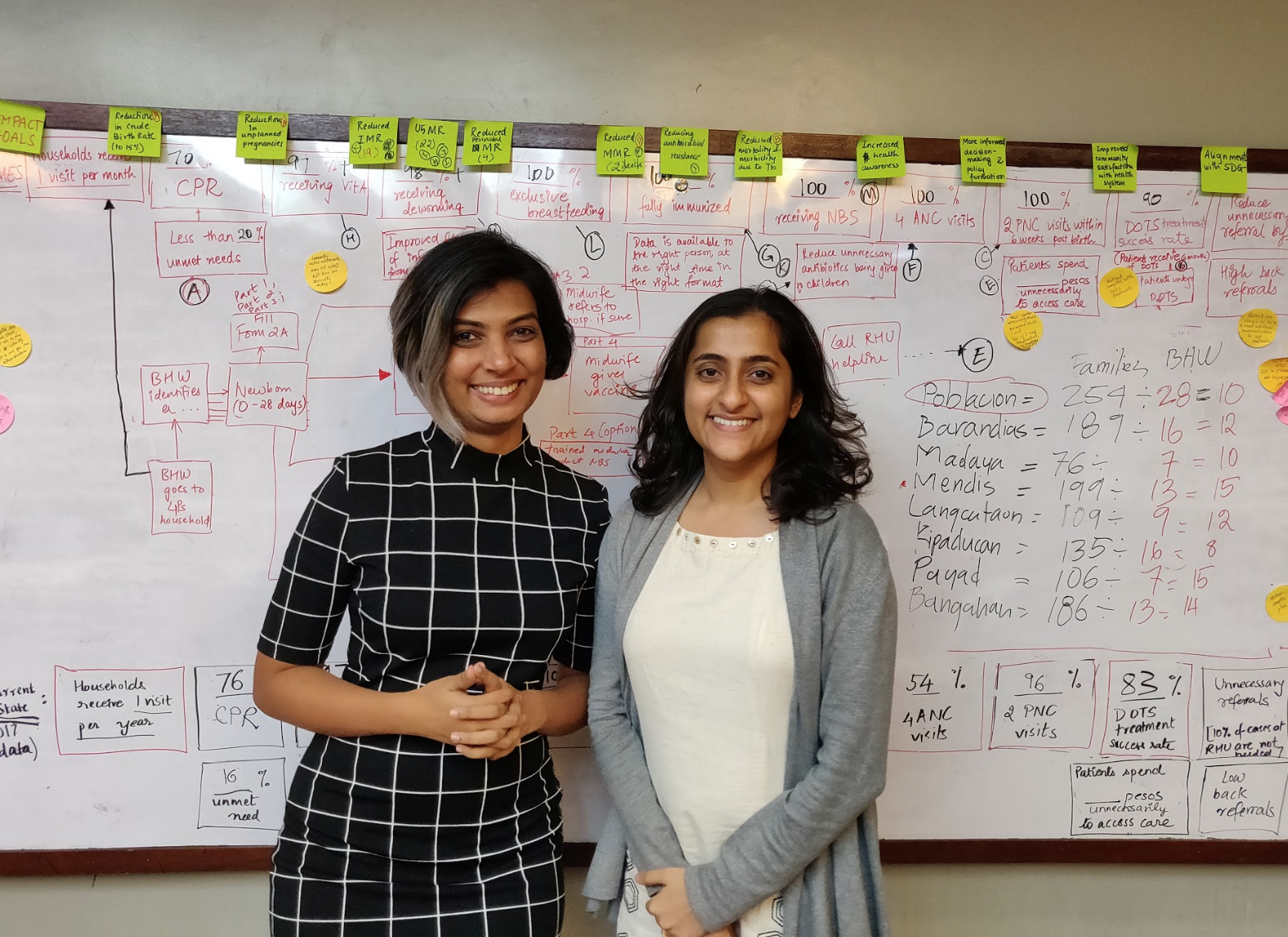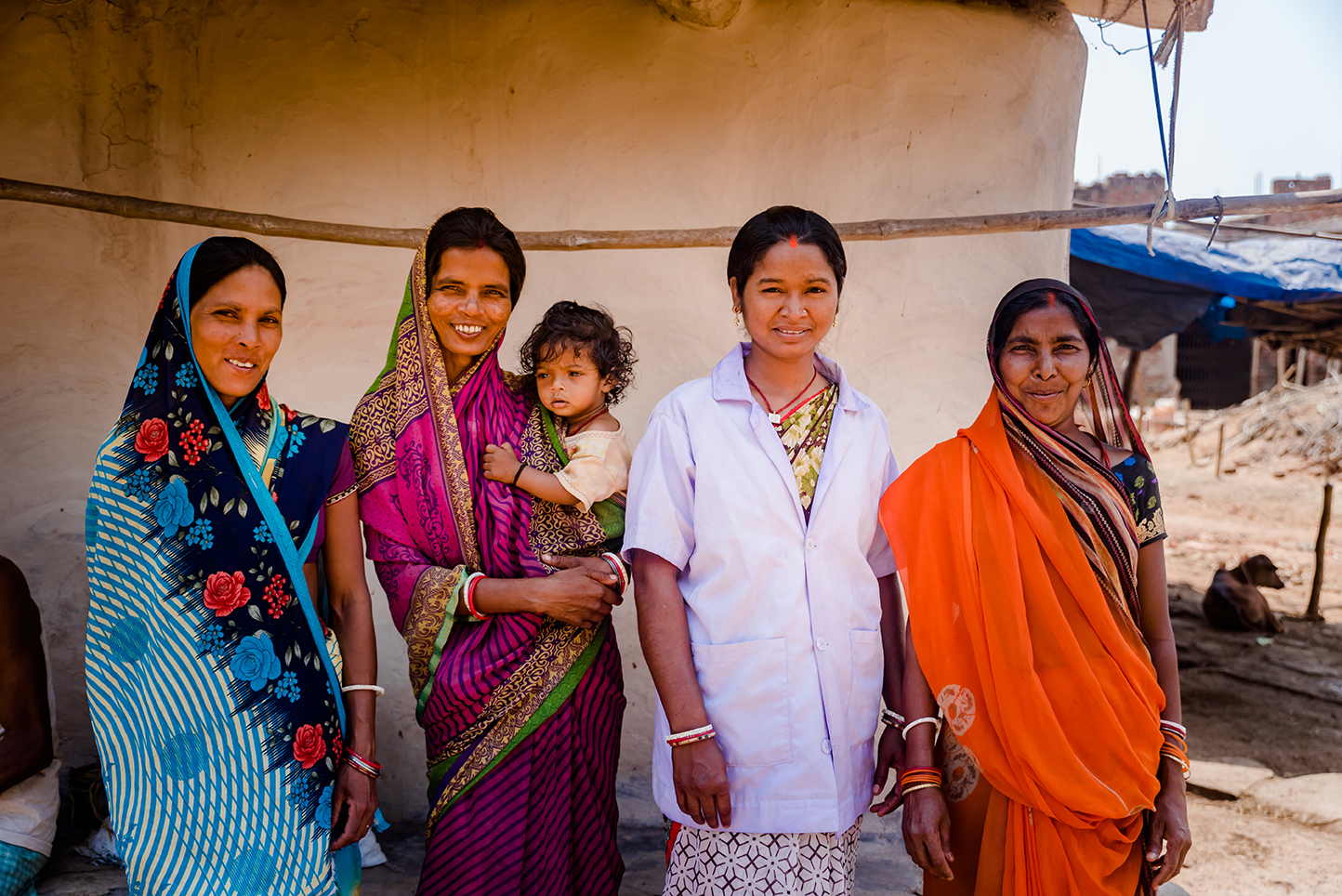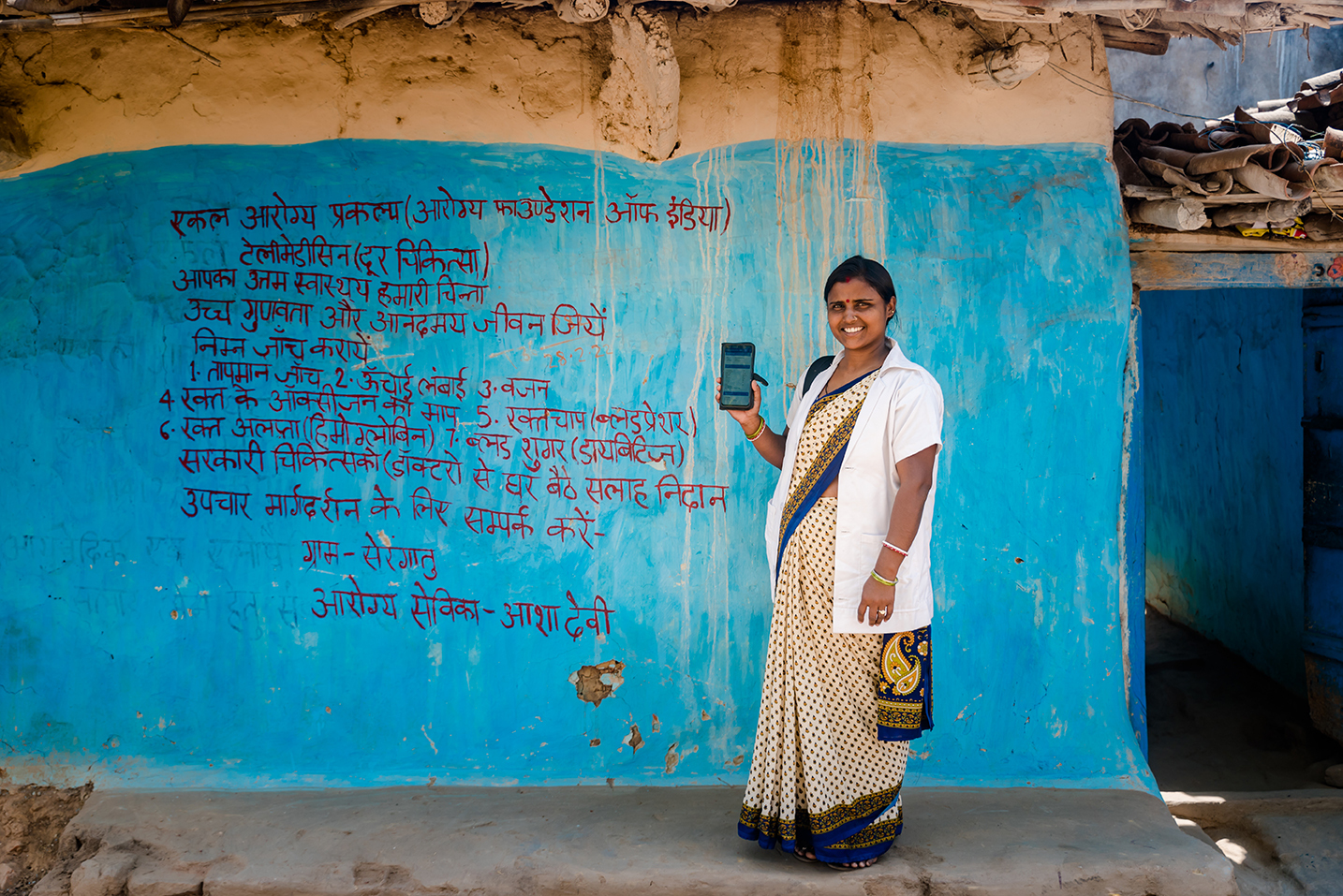
Globally, the public healthcare systems have monitored and planned several targeted (vertical) interventions for specific diseases like tuberculosis, malaria, anemia and for certain disadvantaged groups like women and children through primary healthcare programs. These vertical programs have resulted in a number of big wins, one such example being a global reduction in maternal and child mortality. However, health systems have become more complex over time with a number of such selective programs for many health areas – like maternal health, child health, non-communicable diseases, communicable diseases. Often there is very little connection between these health programs and each operate in its own way. Several groups of people are also frequently neglected like those with disabilities, needing mental healthcare and the aging (geriatric) population.
We at Intelehealth, do our bit by using/developing technology to deliver comprehensive primary health care to underserved communities in remote and far-flung areas. We work to integrate technology and comprehensive primary healthcare supported by digital health tools. Last week, a part of our team visited Umerga and a few other villages in Osmanabad (Maharashtra, India). It was a routine baseline survey but in the end, what we experienced in these rural areas, deeply moved each one of us. Here are five of the most touching stories from the field that, in a way, shaped our thinking of what introducing comprehensive primary health care here would mean to them.
1. Comprehensive care means addressing the underlying social issues that lead to poor health
“Can you tell me what’s wrong with her?” pleaded an upset middle-aged woman as she pulled her daughter closer to come and sit with us. “Take a look at her. She can’t even walk properly and she gets irritated so easily. We couldn’t even send her to school, let alone make her stay there. She has been like this since she was born”. The hapless young girl, who looked to be around 16 years old, seemed to have some kind of developmental disability. However, the family simply wasn’t aware of what to do and where to go and get help for her. They had sought advice from their relatives, some doctors, and even faith healers. But in the end, they did not know what to do, condemning the girl to a life of isolation.
The problem solved- Social issues like lack of awareness of stigmas prevalent about mental illnesses is a major barrier to seeking care. Health promotion and awareness is a part of CPHC that would have positively impacted the life of such people with disabilities
2. Comprehensive care means focusing on early diagnosis and prevention and not just cure
“My wife has a lump in her breast from the past 3 years. But I think the treatment will be too expensive and tedious. From where do I get the money? And who would look after my wife in the hospital? So we haven’t gone to see any doctor,” said a poor farmer as his wife curiously peeked in from the kitchen.
Just a few houses away, a young woman, we interviewed, shared how she recently attended a screening camp for cervical cancer and menstrual abnormalities. She was screened positive for a possible lump in her uterus and was referred to a hospital for further investigation. “My family didn’t want me to go. They said there was no need as I was perfectly fine. But I didn’t listen to them and went anyway.” Further tests showed she did not have cancer and the lump was benign. But she was proud that she stood up for herself.
The problem solved- Women usually face a lot of social and cultural barriers and because of which they don’t speak up for their health. Screening programs, part of CPHC, can help promote positive health-seeking behavior in disadvantaged communities.
3. Comprehensive care is sensitive to the needs of all age groups, including neglected groups like the elderly
An 80-year old lady sat down next to us, and not realizing we weren’t doctors, began to pour out her heart on her ailment, i.e. how she was having a lot of difficulties during swallowing. “I even went to a big hospital in Pune. But the doctor said he would have to put a big tube down my throat and check! I got so scared I never went back. Now I am finding it so hard to swallow.”

The problem solved- Lack of education and awareness often hold people back from seeking the treatment they need, and especially in the elderly. Additionally, it becomes very difficult for them to travel far and they are dependent on other family members for tending to their needs. Also, being uneducated, having deep-seated cultural biases and the dearth of public health programs for the geriatric population, makes matters worse. Health education and promotion helps such people to understand their ailments and how to help themselves out.
4. Comprehensive care includes lowering out-of-pocket expenses for patients
“I had kidney stones, and we spent close to Rs. 18000 for my treatment, but I still have a lot of discomfort and still sometimes in pain. I may have to go back but I am worried about the toll it would have.” The farmer we were talking to, ran inside his house and came back with a new insurance card under the Pradhan Mantri Jan Arogya Yojana (Ayushman Bharat scheme). “I made this new card. But I do not understand it. What do I do with this? Can I use this for my treatment? I went to a hospital but they said they don’t accept this card. Can you help me understand this?”
The problem solved- Often financing schemes do not reach beneficiaries or they may not know how to access them or in this case, how to use it. A health system that focuses on comprehensive care also looks into how care can be made affordable. However, education regarding insurance have still not percolated through the rural masses and could be a training point.
5. Community health workers (CHWs) can be a powerful medium to deliver comprehensive care

“I saw this young pregnant woman who was very weak. While she had been at her mother’s home, she was being well taken care of. She would regularly come to the Primary Health Center for her checkups during pregnancy,” said a midwife (a type of CHW in India). “But after she came to her mother-in-law’s home, she was prevented from coming for her regular checkups. I went to her house and told her mother-in-law that she needed to care for her daughter-in-law like her own daughter. I told her I would bring the village elders to her home and make sure she was held responsible if anything happened to her daughter-in-law.” We realised that CHWs can be a powerful force to address underlying social issues like these.
The problem solved- Health seeking behaviour i.e. preventive medicine is usually not a part of the treatment process and the patients usually approach the doctor after exhausting all home remedies and out of fear. The CHWs can effectively promote positive health-seeking behavior through screening, raising health awareness and home visits. CHWs bring the health system to the doorstep of patient, and are an agent for change in the way the community perceives healthcare.



